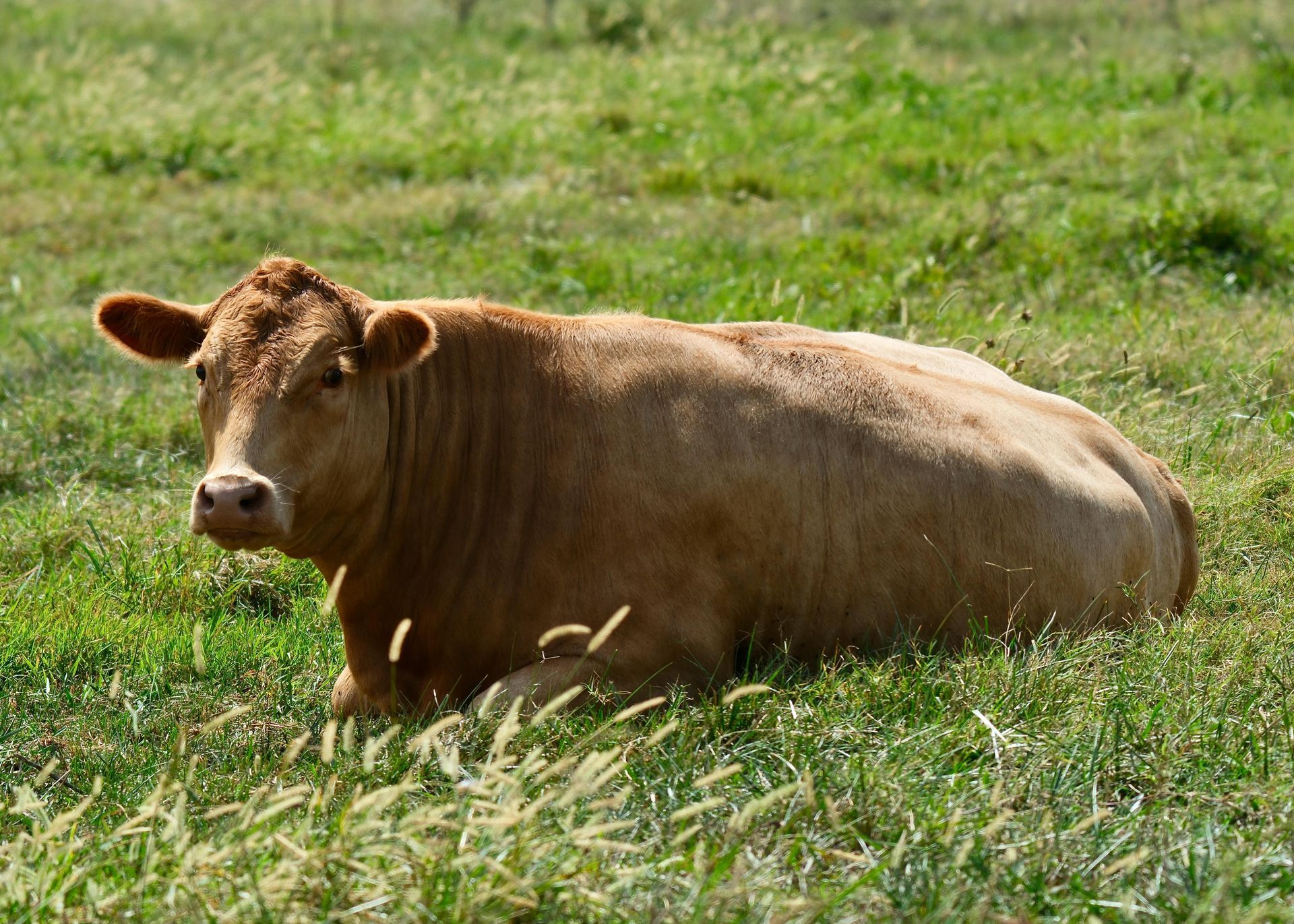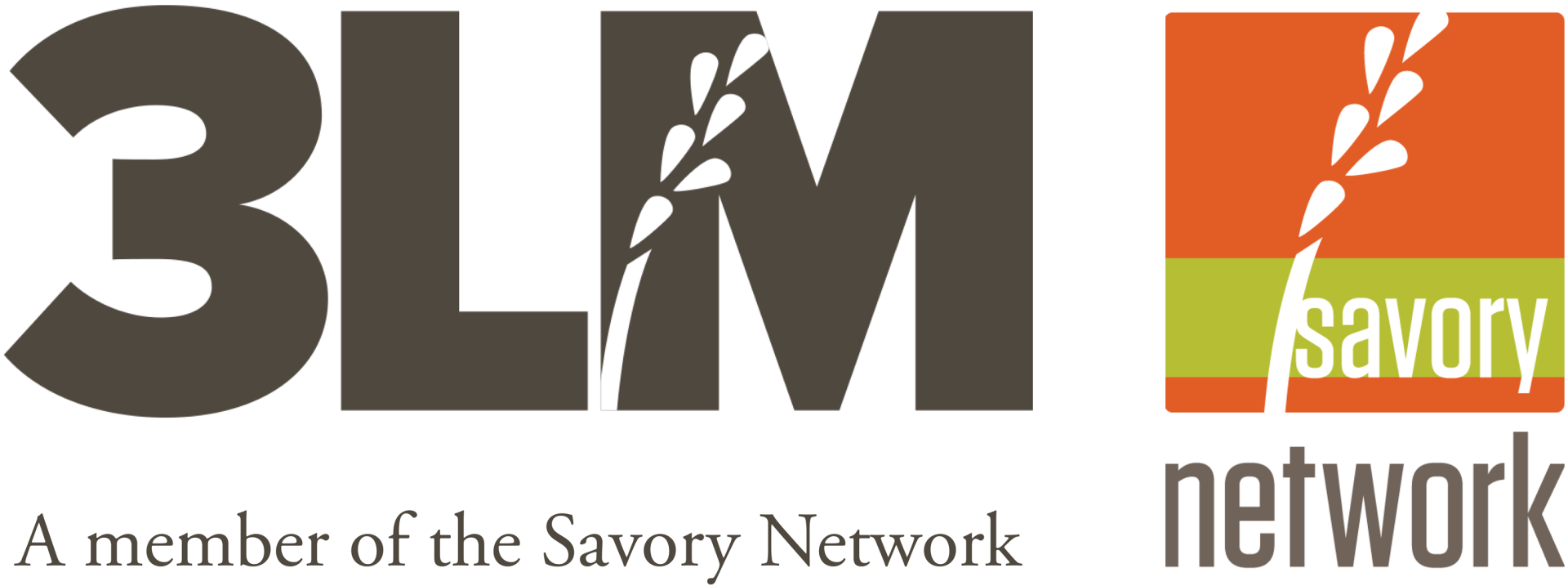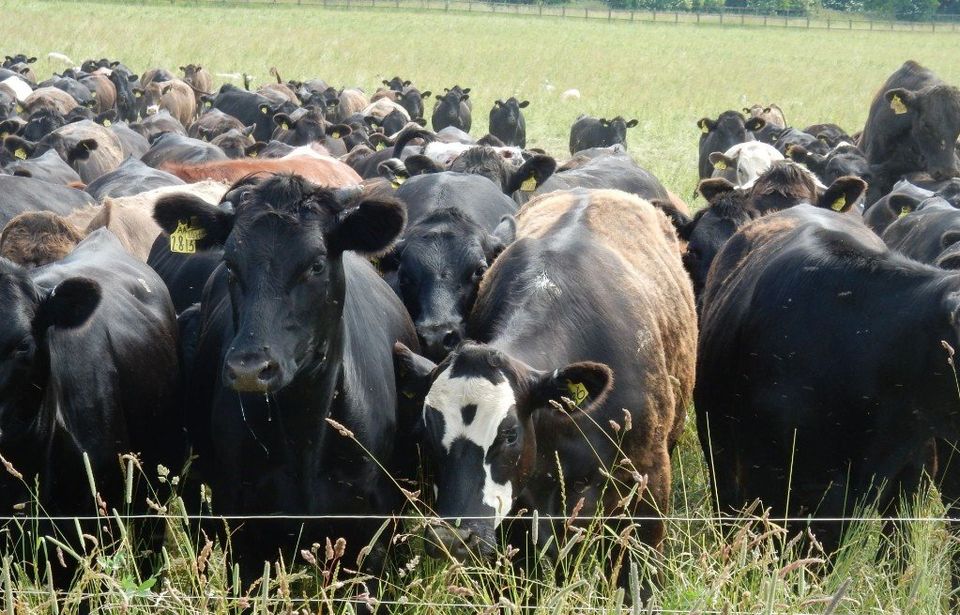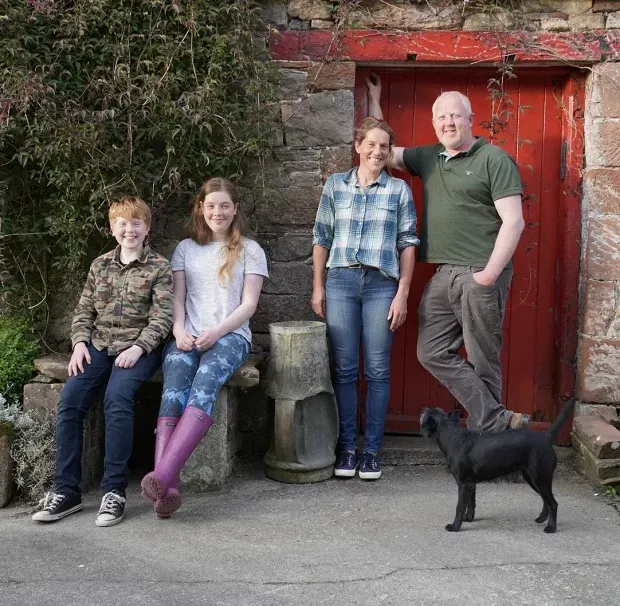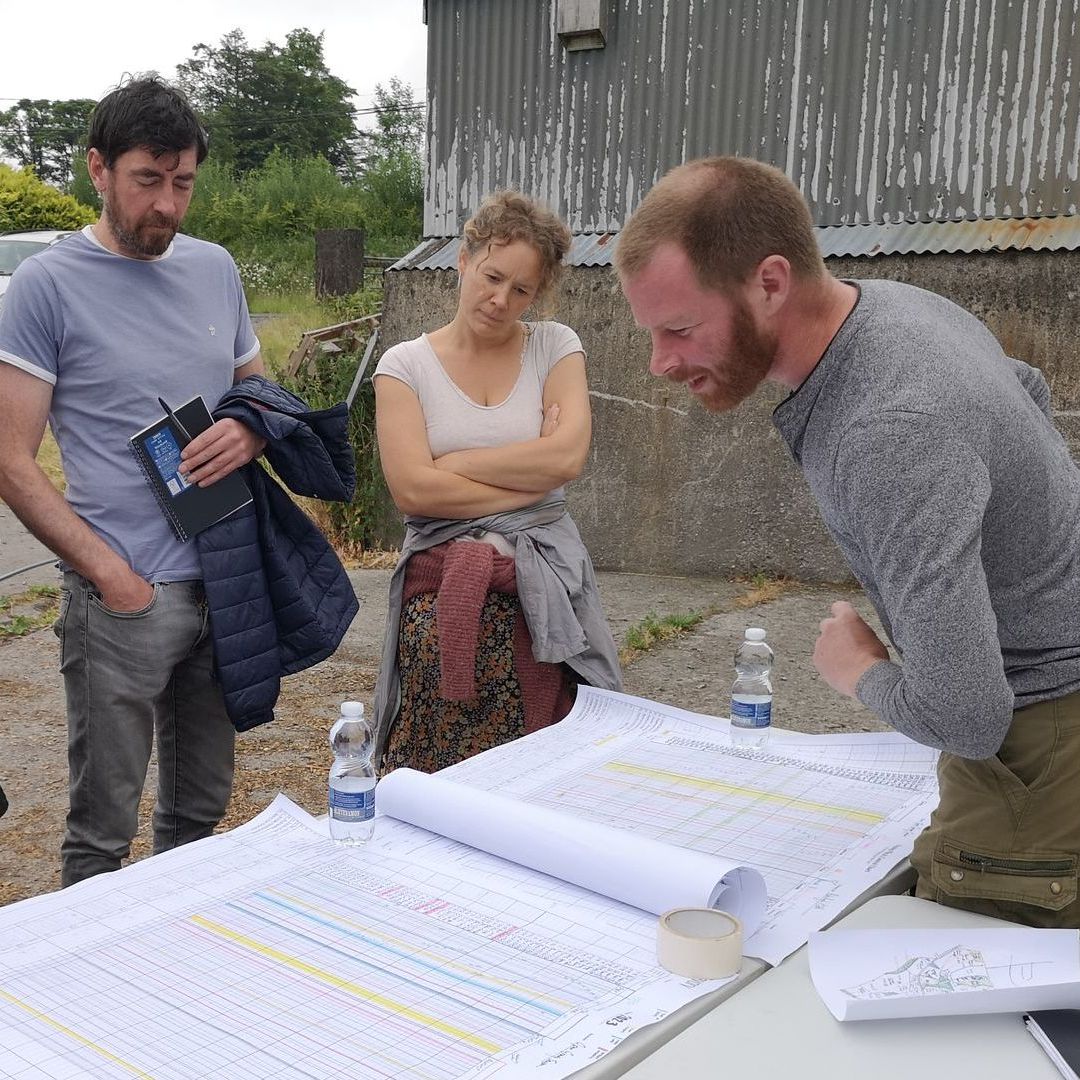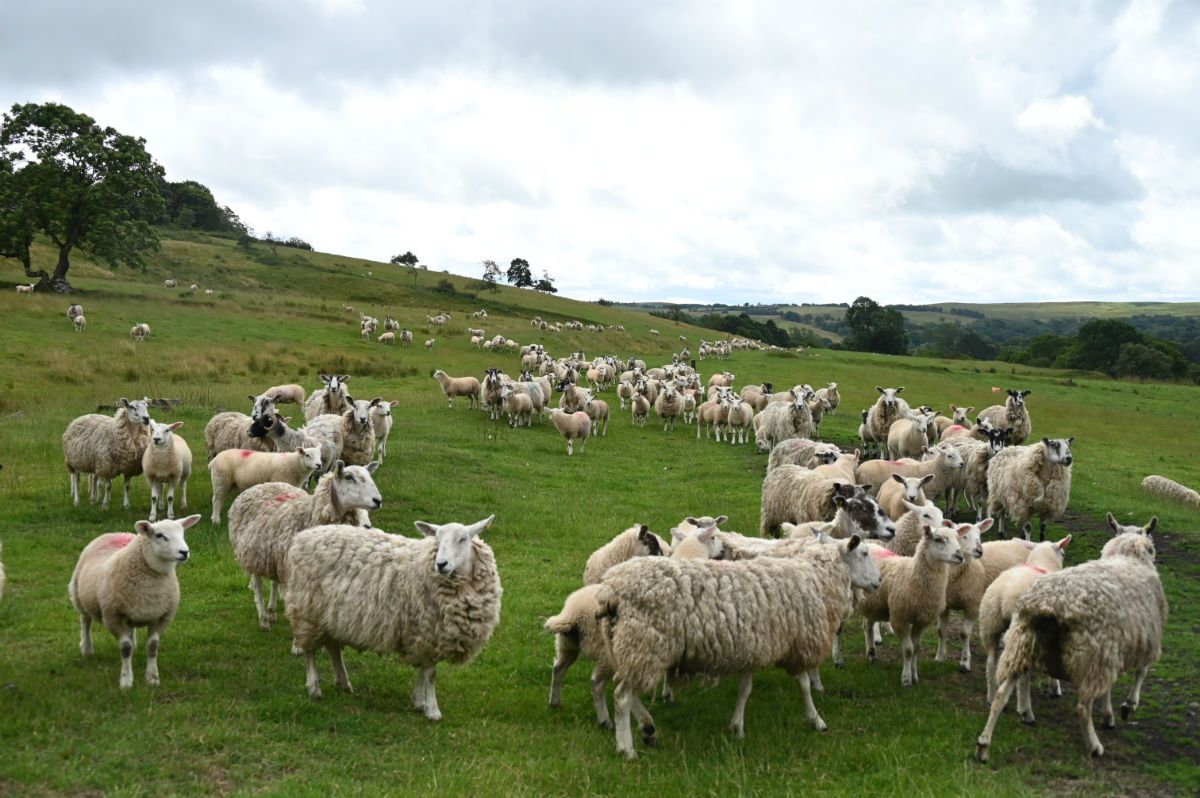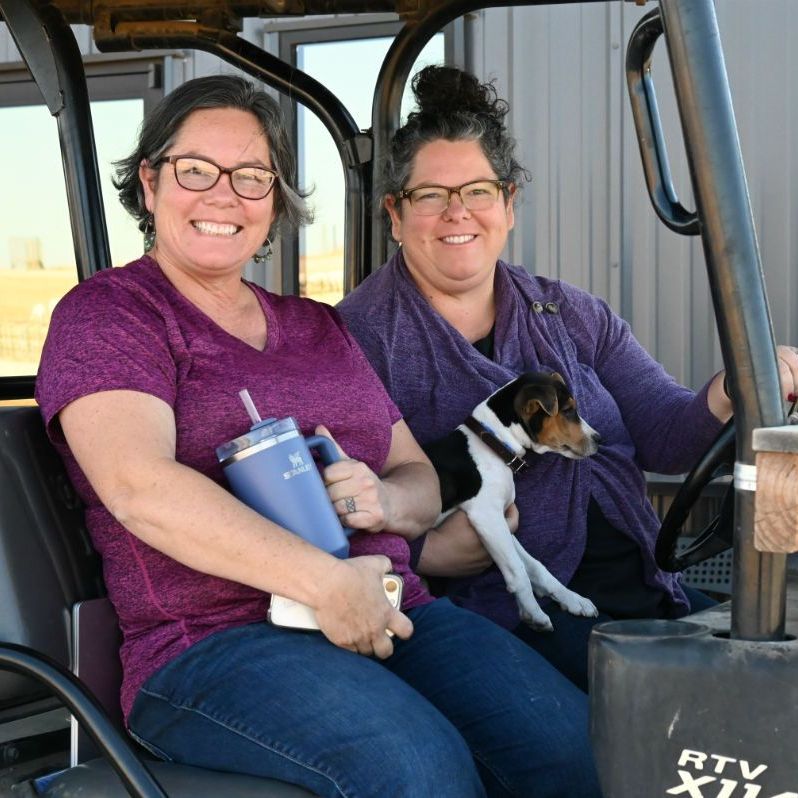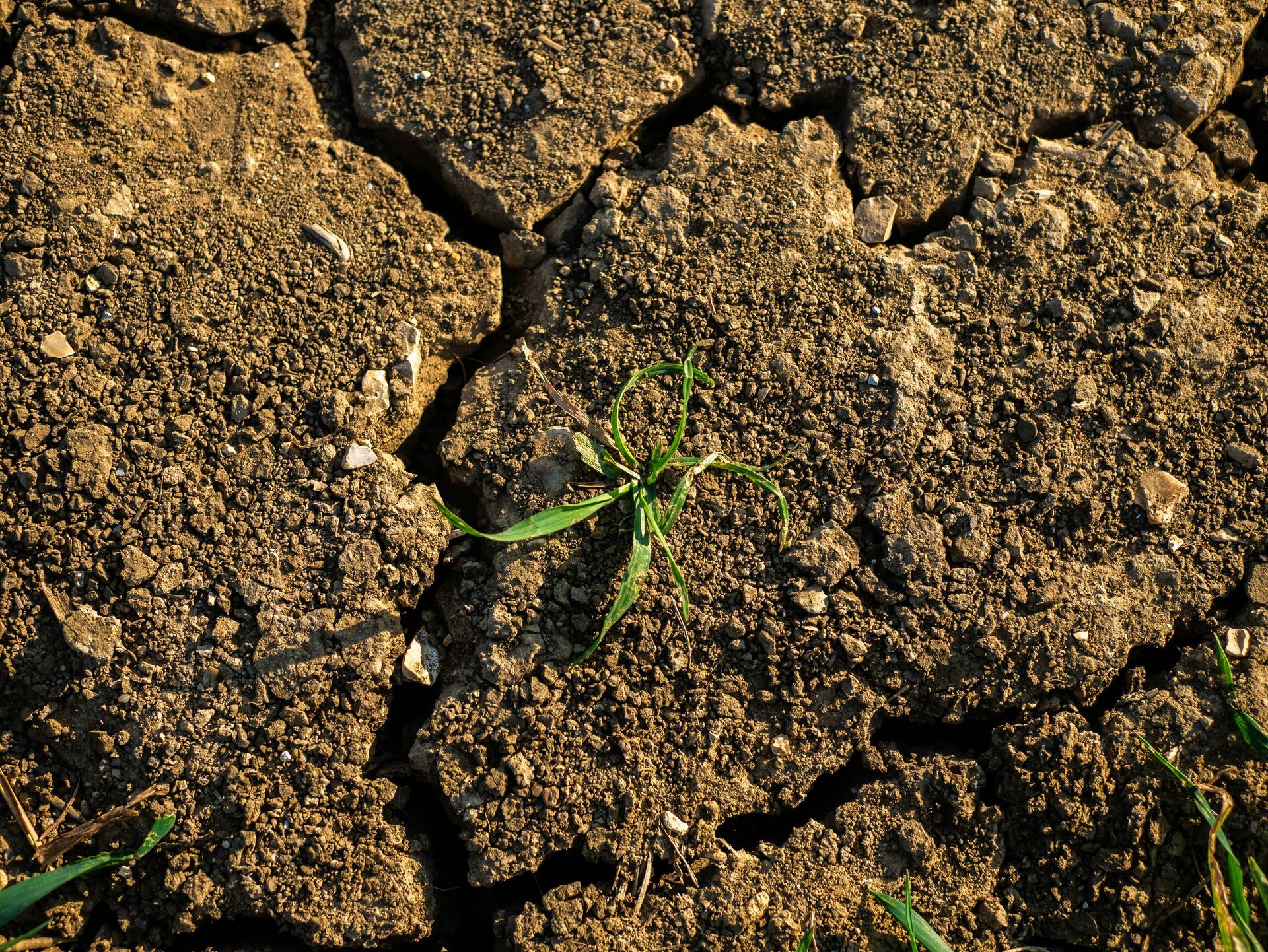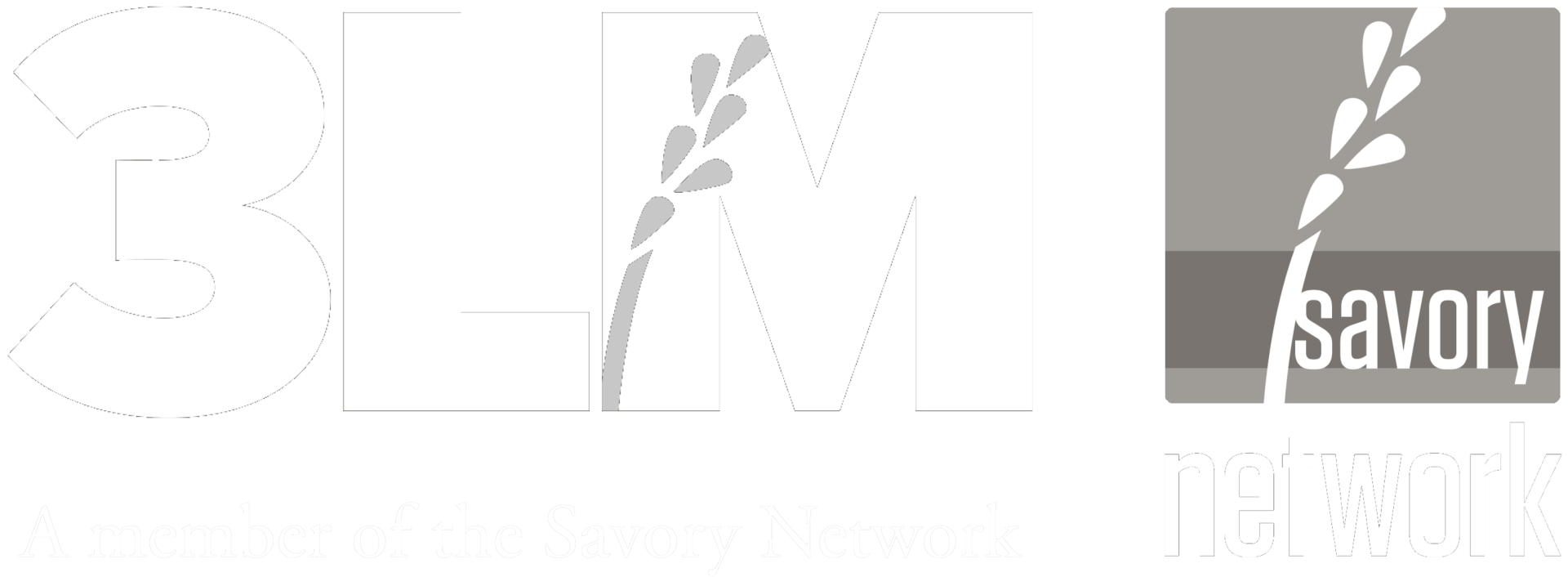Much ado about carbon
Research From a Holistic Stance
There has been much ado about carbon in the press over the past week. In response, we want to give you positive news about your ability to restore a healthy carbon cycle as a land and livestock manager.
Research From a Holistic Stance
Let’s start with an open letter from Dr. Jason Rowntree , affiliated with 3LM through the Savory Network, as hub leader at Michigan State University. He has obtained more than $2 million in funding to study how grazing livestock can improve land and mitigate climate change by capturing carbon. He spoke at Rothamsted, and a public gathering in London last month about his unpublished research, Soil, Grass and Carbon.
There have been recent reports that range from the acknowledgement that grazing management can have a positive influence on ecosystem services, but is not an efficacious tool in reducing atmospheric CO2, to the denigration of grazing livestock as viable components of terrestrial landscapes.
There is a large and ever-growing database, mostly not acknowledged in the recent reports, documenting the positive impacts of grazing on soil carbon, along with improvements in other ecosystem services, that is consistent with what Allan Savory has been saying for years.
To put these numbers into perspective, a mid-size car emits around 1.28 metric tons of carbon (converted from carbon dioxide) annually into the atmosphere. In 2001, Rich Conant and Keith Paustian, at Colorado State University, published a meta-analysis of 115 ranches from a variety of global environments indicating a mean annual 0.54 metric tons of carbon sequestered per hectare (ha) demonstrating the capacity for soil to capture and store carbon. In 2011, Teague et al . investigated the impact of high and low continuous grazing as compared to adaptive multi-paddock grazing (AMP) in Texas (the approach advocated by Savory) and indicated the AMP treatment had an annual 3 metric tons of carbon sequestered in the soil above and beyond that of the continuously grazed treatments. USDA ARS scientist Alan Franzluebbers , has indicated high potential in the eastern US as well.
In ‘Nature’, Machmuller et al , report over an 8 metric ton annual increase in carbon sequestration over a 3-year period following the conversion of degraded cropland to grazing land in Georgia. For context to meet an overall carbon sink (or storage capacity) for a Midwest grass-finishing beef system, our work indicate a needed 0.89 metric ton carbon sequestration to offset the entire footprint, including that from enteric methane emitted by cattle. This seems plausible based on the existing carbon sequestration literature.
Finally, the most downloaded manuscript in the Journal of Soil and Water Conservation, for 2016-17 cites the beneficial components of AMP and conservation agriculture on North American food production. The authors, of which Rowntree is one, estimate that if these conservation approaches were completed on 25% of our crop and grasslands, the entire carbon footprint of North American agriculture could potentially be mitigated.
Holistic Management is used by thousands of practitioners over millions of hectares of land. Proper adoption of animals to landscapes over a variety of precipitation levels is an efficacious land management tool. We have been on many of these ranches. Our laboratory is currently summarizing a large Patagonia dataset with ecosystem measurements on over 2 million hectares of land mostly managed holistically, that is, using a decision-making framework that helps land managers to move toward their goals in a way that is economically, ecologically, and socially sound in their context. Attempting to reduce the complexity of land management to just animals and time in a reductive scientific environment, is no different than splitting hydrogen from oxygen to study water.
Jason Rowntree, Michigan State University
Food Security and Climate Change
In response to a UN Food and Agriculture Organization announcement, “Only 60 Years of Farming Left If Soil Degradation Continues” (Scientific American, Dec. 5, 2014), University of British Columbia Emeritus Professor of Physics and Astronomer, Phil Gregory, has spent the past two years investigating the subject to see what, if anything, can be done. The good news is that during the last 20 to 30 years there has been an amazing revolution in our understanding of soil biology and nature’s complexity. This offers tremendous potential to deal with food security and climate change issues in a way where nature will do most of the work. In this 40 minute video, Gregory summarizes some of the new insights that have emerged from the hidden universe of soils.
I would like to share a 40 min youtube video that I recently produced entitled `The Magic of Soil’, that is intended as educational material.
https://www.youtube.com/watch?v=AWILIYSf5ts
It is my attempt to summarize the new insights that have emerged in the past 20-30 years concerning the hidden universe of soils together with Savory’s work and their relationship to food security and climate change. It includes a number of other short videos that I have been granted permission to incorporate. The video also highlights the benefits of Adaptive Multi-Paddock grazing and conservation agriculture presented in the 2016 Journal of Soil and Water Conservation paper by Richard Teague et al., co-authored with Jason Rowntree. The relevant segment starts at 30:10 min following a section on Savory’s work.
Philip Gregory, Professor Emeritus of Physics and Astronomy, University of British Columbia
Additional Responses and Sources
Grazed and Confused – An initial response from the Sustainable Food Trust
Response to “Goodbye – and good riddance – to livestock farming” by Savory Institute.
The Soil Story , a short video that tells how we can work with soil to restore a healthy carbon cycle.
